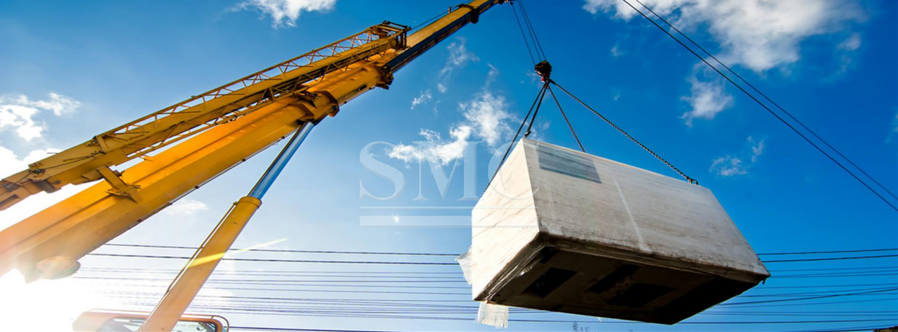There are plenty of different container depending on the goods that they are transporting, and whether they require full refrigeration.
For building purposes it is worth purchasing a refrigerated or insulated as this can affect the internal size of the unit you buy.
Refrigerated Containers
Containers with integrated refrigeration units with built in compressor/condenser will have slightly reduced length internally.
Containers that plug into to a mobile refrigeration unit (also called a clip on refrigeration unit) are a standard size internally. These containers are known as porthole containers as they have distinctive porthole openings on the outside for input and output connections.

Insulated Containers
Containers that are highly insulated but do not have connections for refrigeration.
Insulated containers can have various types of insulation which will affect the price and the R value.
Other Considerations
Keep in mind that refrigerated and insulated units are much heavier due to the extra weight of the insulation and interior skin.
Creating openings in an insulated container will reduce the insulative qualities so consider double glazing for doors and windows.
Guest contributors are welcome at the Alloy Wiki.It is a weekly wiki and guide on alloy information and processing technology, while also about the vast array of opportunities that are present in manufacturing. Our team of writers consists of a Machining Material Supplier / Machinist / Tool and Die Maker, a Biomedical Engineer / Product Development Engineer, a Job Development Coordinator / Adjunct Professor, and a President and CEO of a manufacturing facility.
Link to this article:Features of reefer and insulated containers
Reprint Statement: If there are no special instructions, all articles on this site are original. Please indicate the source for reprinting:Alloy Wiki,thanks!^^


